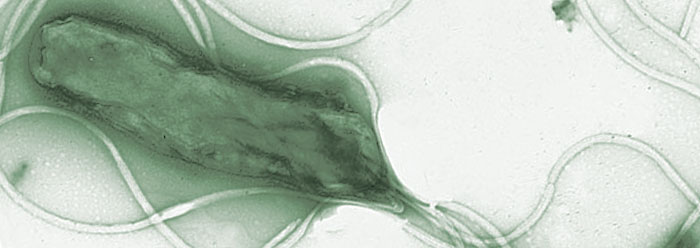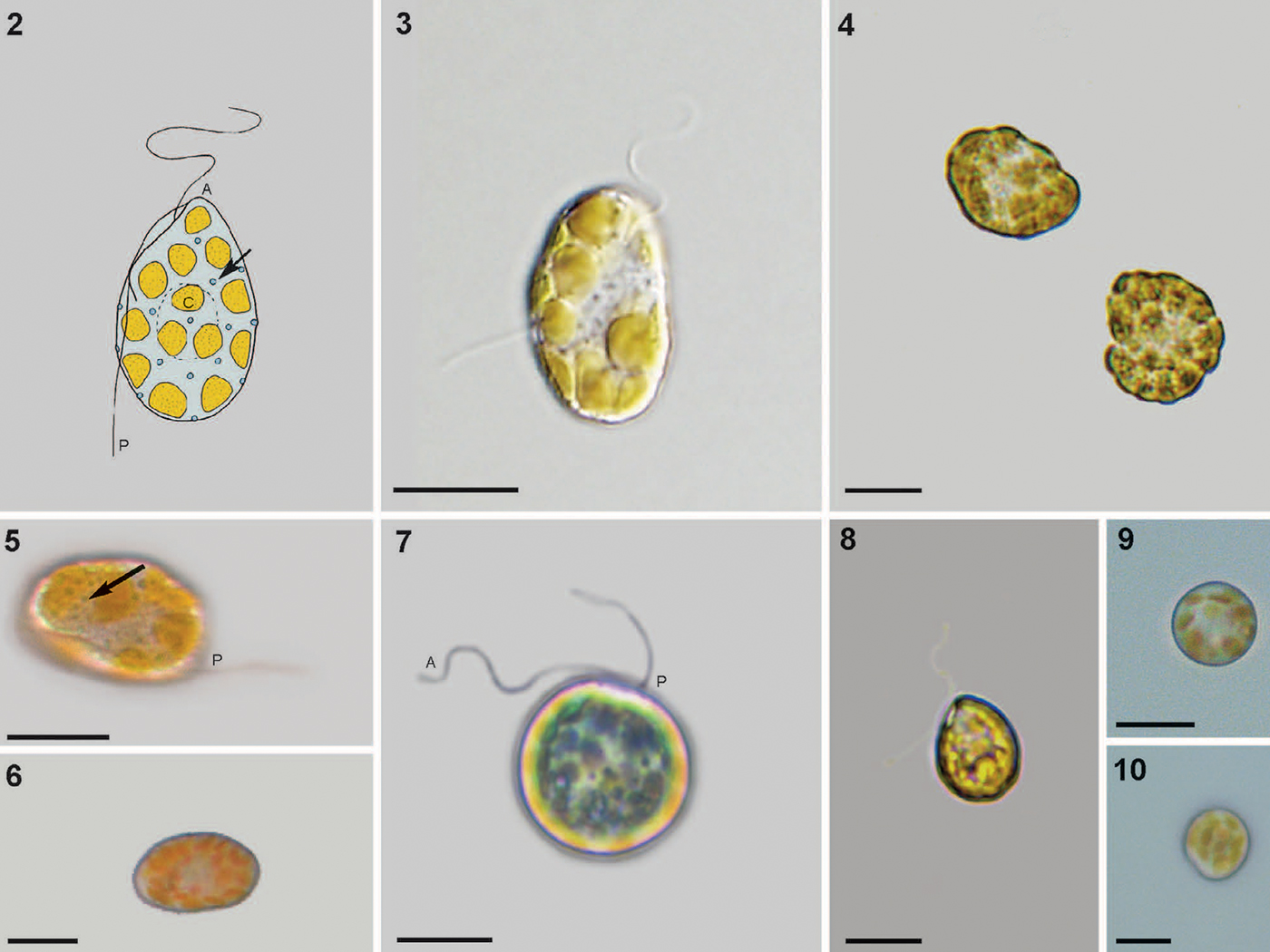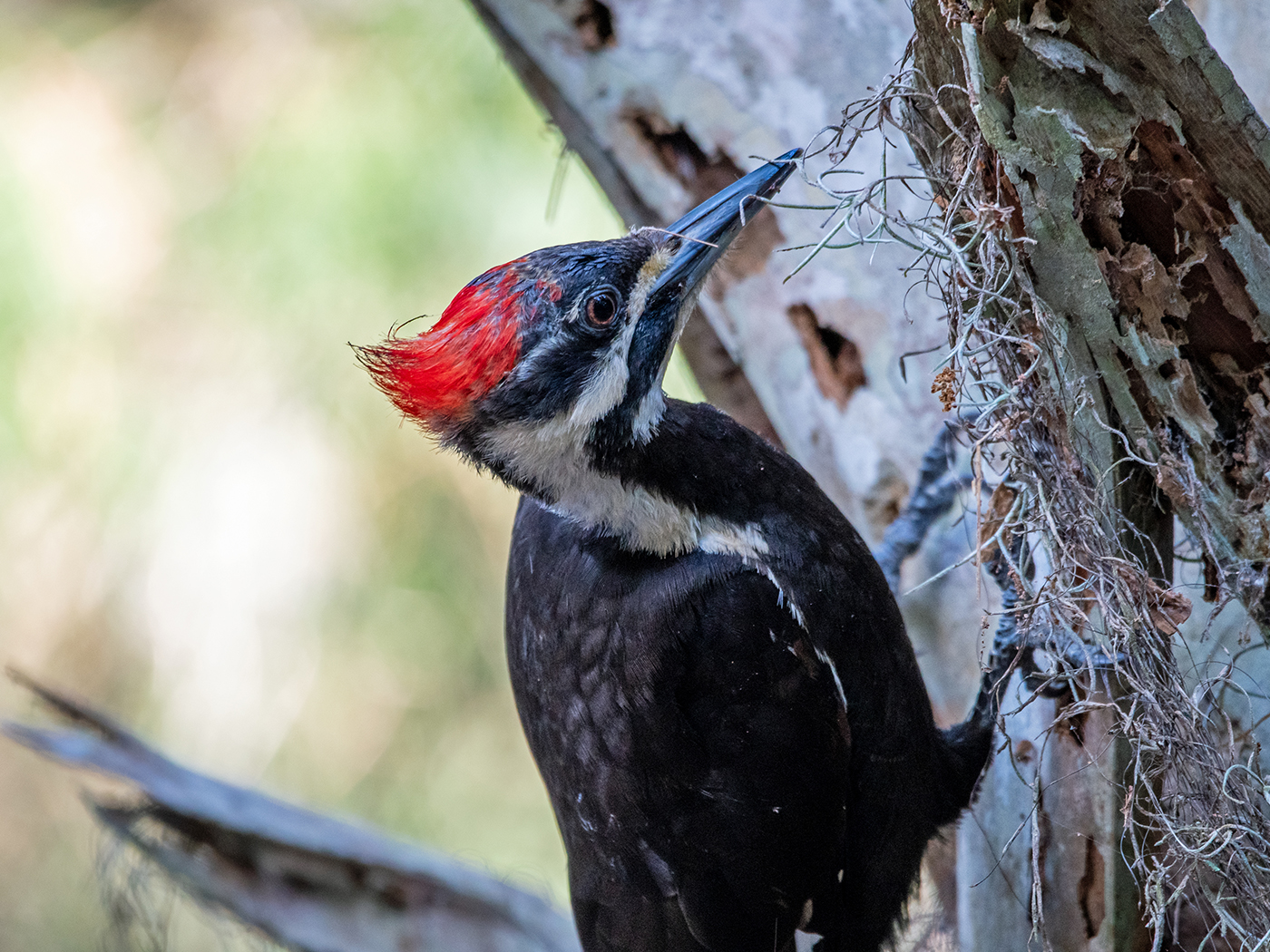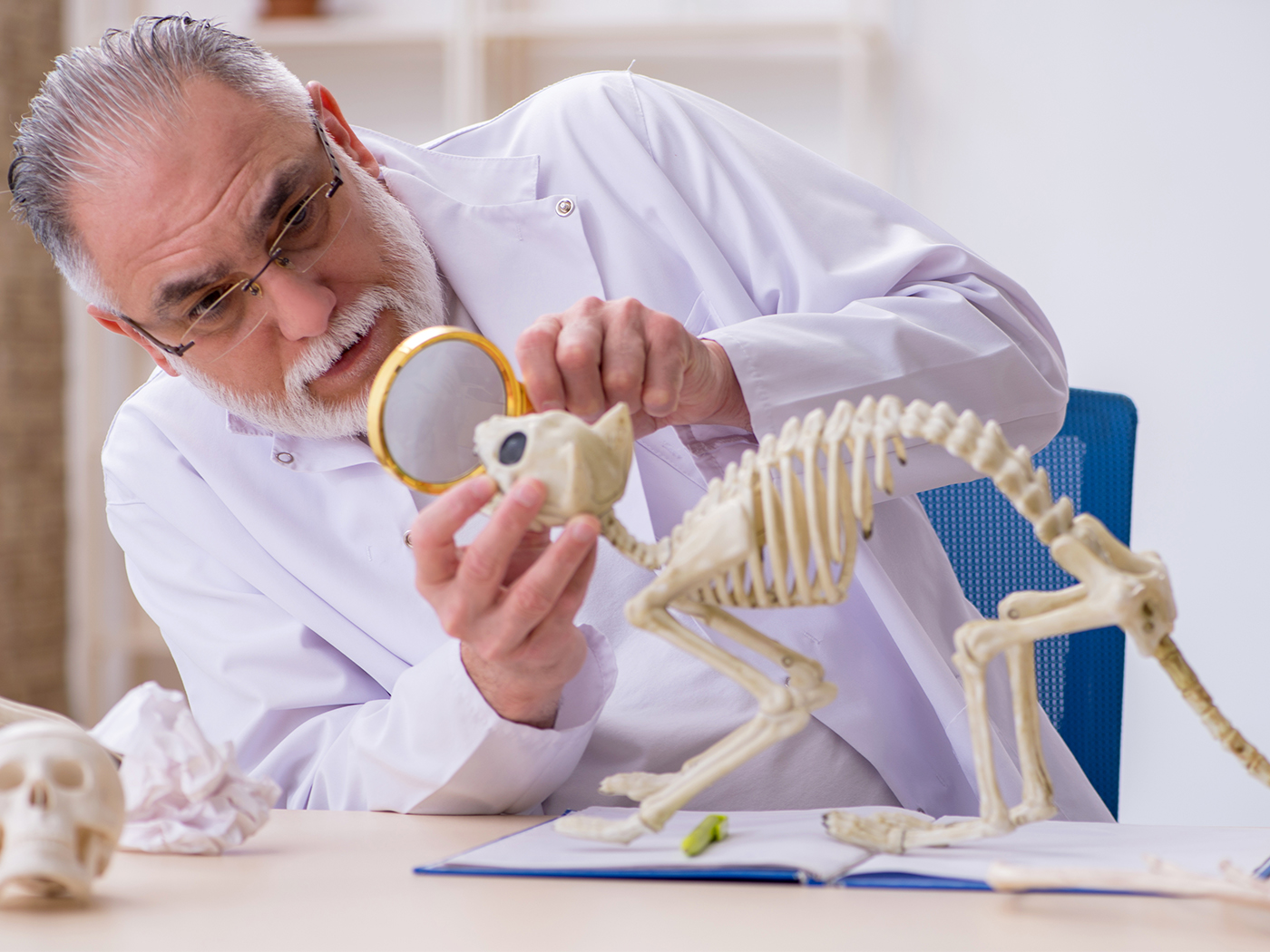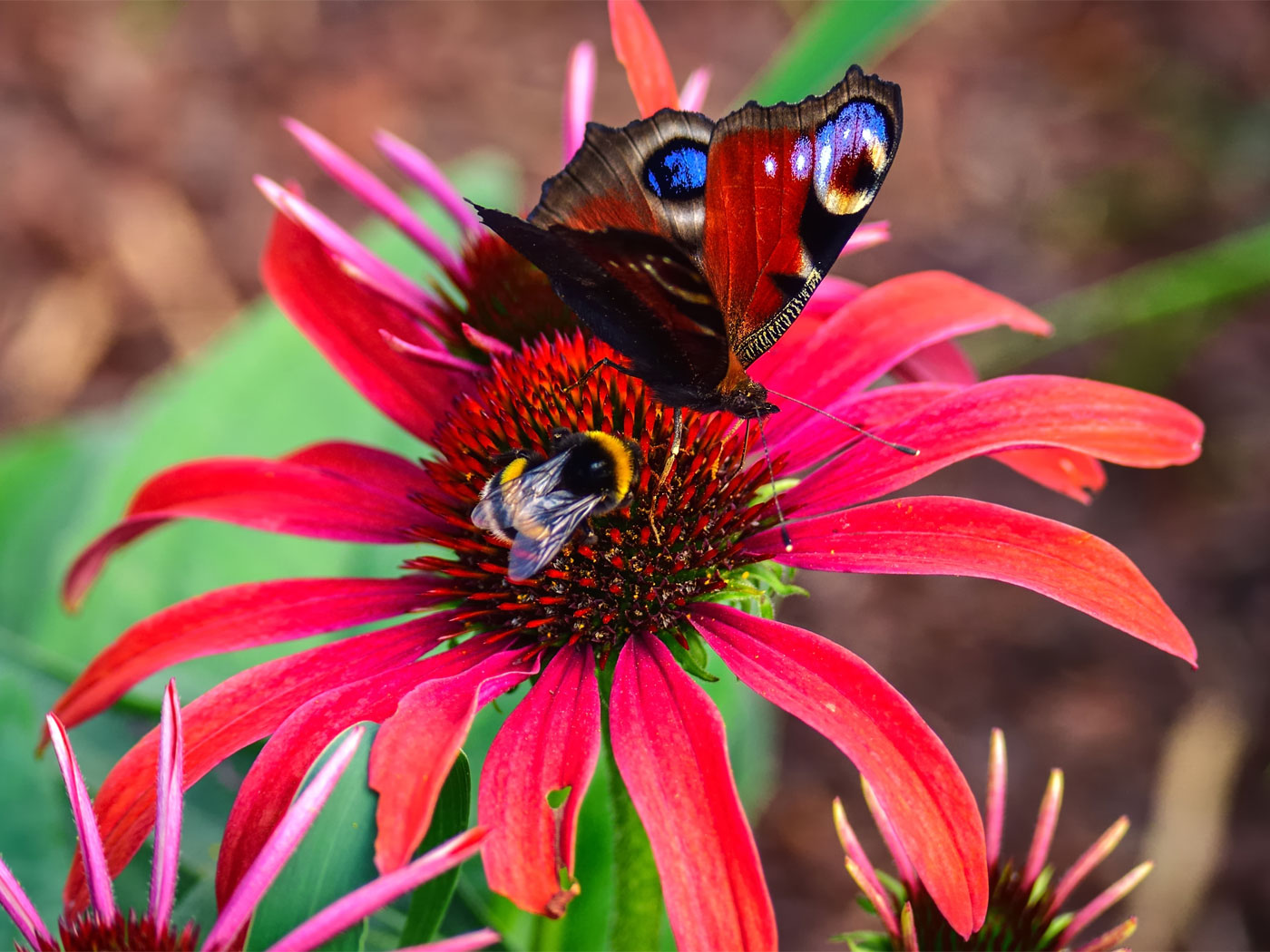Advancing technology continues to reveal new aspects of cellular function. Molecular biologists have known that “stressosomes,” large protein complexes in bacterial cells, play some role in enabling single-cell life forms to cope with ever-changing environments. Now, through the use of new, remarkable high resolution imaging, scientists have witnessed a cascade of biochemical signaling involving stressosomes that is instrumental in preparing bacteria to survive stressful or hazardous situations.
According to a recently-published study,1 molecular machines within a cell detect when the environment becomes too salty, acidic, hot, irradiated, or dry. This information is then relayed by a series of protein messengers to one or more stressosomes located deeper inside the cell. Researchers from the Imperial College London and Newcastle University observed that the stressosome responds by detaching specific proteins from its edges, sending dozens of signals to other parts of the cell. The cell responds immediately to protect itself from the impending, and potentially life-threatening, environment by manufacturing over 150 new proteins, all geared to shut the cell down until conditions improve.
Dr. Tim Grant of Imperial College explained, “The cell's stressosomes are very good at their job as crisis command centres [sic] because they provide a very fast effective response to danger. The chain reaction they kickstart produces results really quickly which enables bacteria to adapt to changes in their surroundings almost instantaneously.”2
When he published his famous theory, Charles Darwin admitted, “If it could be demonstrated that any complex organ existed, which could not possibly have been formed by numerous, successive, slight modifications, my theory would absolutely break down. But I can find no such case.”3 The stressosome response system seems to be such a case. Unless the hypothetical protobacterium (the proposed evolutionary precursor of all bacteria) was able to quickly deploy over 150 brand new self-defense proteins, then it would have died in its first encounter with a hazardous situation. To argue that it must not have died because bacteria are still alive today begs the question of evolutionary origins in the first place, since such reasoning explains neither the origin of bacteria nor of higher life forms.
The capability of bacteria to persevere in harsh environments, and especially through stressful times, was necessary not just for bacteria but for all other living things on the planet. However, since bacteria do not have the advantage of large, multicellular bodies to buffer environmental fluctuations, they have been outfitted with unique, “very fast effective” preservative mechanisms that are “very good at their job,” as though they were purposefully planned and placed there. All life, either directly or indirectly, physically depends on bacteria. Fortunately, a wise Creator has outfitted them with stressosomes.
References
- Marles-Wright, J. et al. 2008. Molecular Architecture of the "Stressosome," a Signal Integration and Transduction Hub. Science. 322 (5898): 92-96.
- Don't stress! Bacterial crisis command centre revealed. Imperial College London and Newcastle University joint press release, October 3, 2008.
- Darwin, C. 1859. On the Origin of Species. London: John Murray, Chapter VI, 189.
* Mr. Thomas is Science Writer.
Article posted on October 14, 2008.




